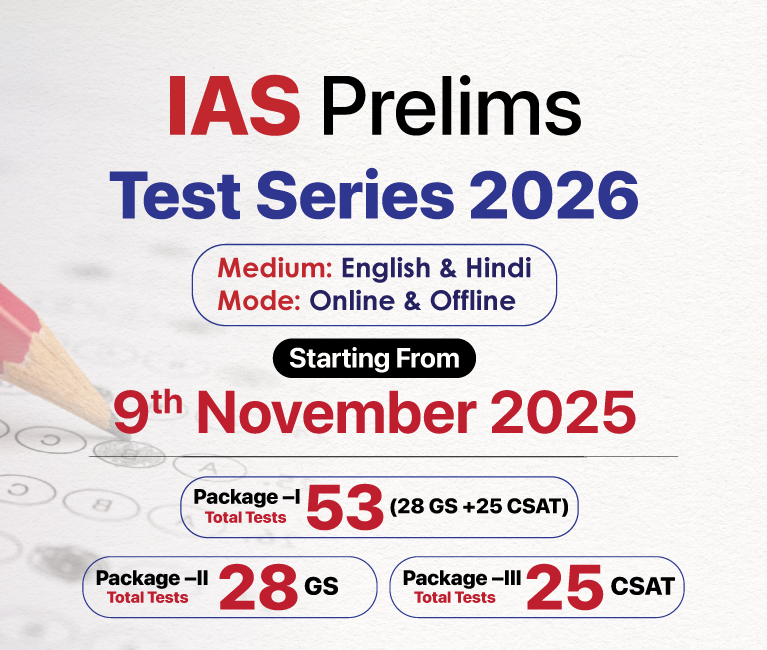Madhya Pradesh Switch to Hindi
MP Reintroduces Bhavantar Scheme
Why in News?
The Madhya Pradesh government has reintroduced the Bhavantar Scheme (Price Deficiency Payment Scheme) to provide price compensation to soybean farmers facing market losses and crop damage, ensuring fair prices and farmer welfare.
Key Points
- About: The scheme aims to bridge the gap between market prices and the Minimum Support Price (MSP), ensuring that farmers do not face financial losses.
- With a commitment to support farmers, the state government plans to compensate for losses caused by market fluctuations or crop diseases like yellow mosaic disease.
- Eligibility and Registration: Farmers must register their crops under the Bhavantar Scheme to receive compensation for any selling price below the MSP, with the state government paying the price difference directly to their account.
- MSP for Soybean is ₹5,328 per quintal, but many farmers are currently selling at prices below this amount.
- Significance: Madhya Pradesh, accounting for nearly 50% of India's total soybean production, is the country's leading soybean producer, earning it the title of the soybean bowl of India.
- Challenges: Despite the significant contribution, farmers face immense challenges, with poor market returns, natural disasters, and disease affecting their livelihood.
- The earlier implementation of the Bhavantar scheme (2017) faced several challenges, including delayed payments and an oversupply of crops, which led to a sharp decline in prices and ultimately harmed farmers.
Soybean Crop
- Soybean is a Kharif crop in India.
- Soybean (Glycine max) is the world’s most important seed legume, which contributes 25% to the global edible oil, about two-thirds of the world's protein concentrate for livestock feeding and is a valuable ingredient in formulated feeds for poultry and fish.
- It is predominantly grown as a rainfed crop in Vertisols and associated soils with an average crop season rainfall of 900 mm.
- Madhya Pradesh, Maharashtra, Rajasthan, Chhattisgarh, Andhra Pradesh and Karnataka are the major Producing States in India.

.gif)

.png)
















.png)


.jpg)



 PCS Parikshan
PCS Parikshan

